

The beauty of shadows is a subtle, rich, and just-right oriental classical beauty. Yoshihiko Ueda prefers the shadows described by Junichiro Tanizaki in In Praise of Shadows. Capturing the atmosphere and absorbing the light, the beauty of shadows quietly flows through his photos. He is undoubtedly an outstanding photographer, picking up the scattered light and film clips in this world and recording them in the form of photos, and has won numerous awards. Yoshihiko Ueda, who has been in photography for more than 40 years, still feels that "my golden moment should not have come yet"; "I will always be shooting."
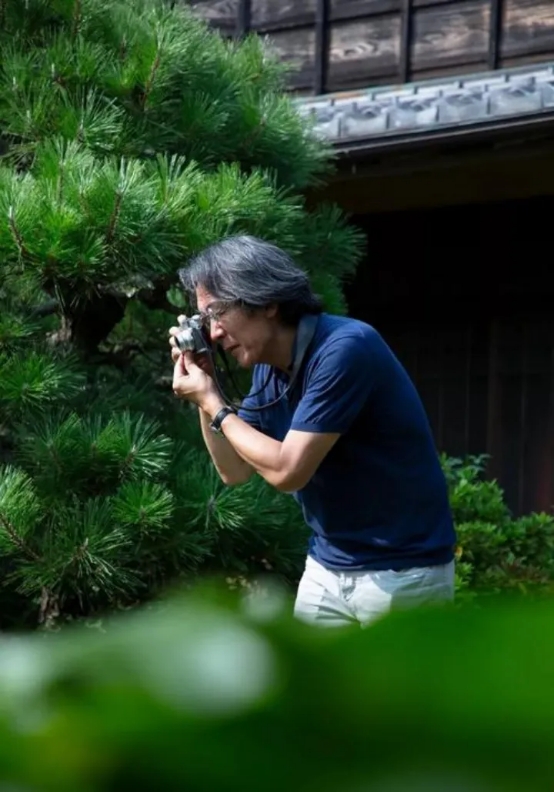
Yoshihiko Ueda was born in Hyogo, Japan in 1957. He had not received formal education in photography until he was 20 years old and became fascinated by the works of Robert Mapplethorpe. After graduating from the Art Visual College in Osaka, he developed a lifelong relationship with photography. To date, Yoshihiko Ueda has published 31 photo albums and personal books, held 36 personal exhibitions and 24 group exhibitions, and has won international awards such as the Art Directors Association (ADC) Annual Award in New York, the Cannes Silver Lion Award, and the Japan Lifetime Achievement Award. He is currently a professor at Tama Art University.
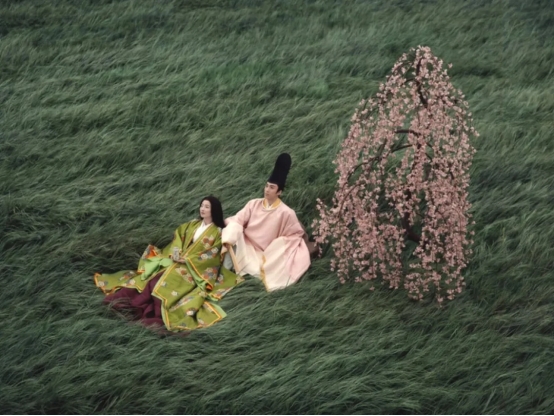
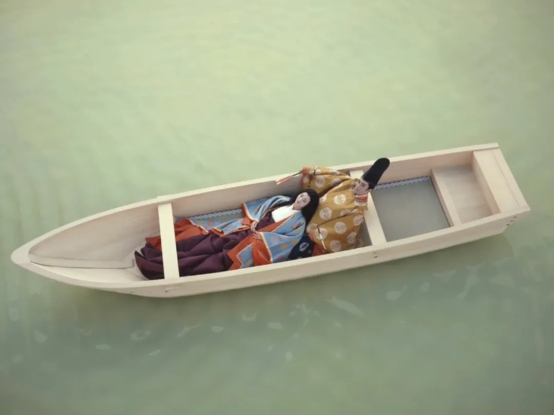
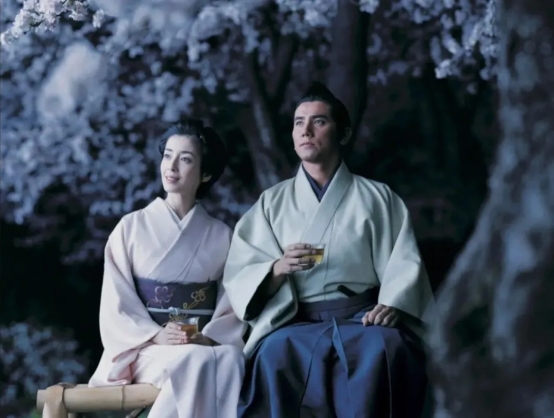
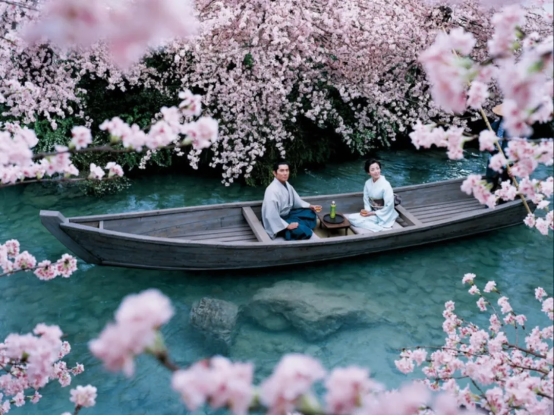
From 1980 to 1981, Ueda studied photography under photographers Masanobu Fukuda and Taiji Arita. In 1982, he opened his own independent photography studio in Tokyo, constantly pursuing his own artistic practice, and entered the fiercely competitive Japanese advertising photography industry, becoming the most sought-after commercial photographer in Japan. The 1980s was an exciting time in Japan, with fashion developing at an ultra-fast pace around the world. Many talented designers reached their peak at that time, and photographers played an indispensable role.
The Highest Aesthetics in Japanese Advertising Photography
In the early 1980s, 24-year-old Yoshihiko Ueda was considered unsuitable for advertising by advertisers. This was undoubtedly a huge blow to Yoshihiko Ueda, who was just starting out and trying to make a difference in the Japanese commercial photography industry. Advertising photos must be bright and beautiful to attract customers' attention at first sight, and Ueda's works have a unique "Ueda-Style": dark tones, cold colors, quiet, restrained, and emphasis on white space. There is no complex composition, stunning light and shadow, and it even looks a bit dull and gloomy.
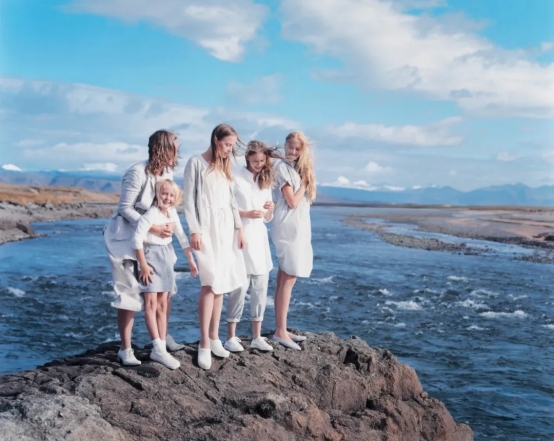
MUJI
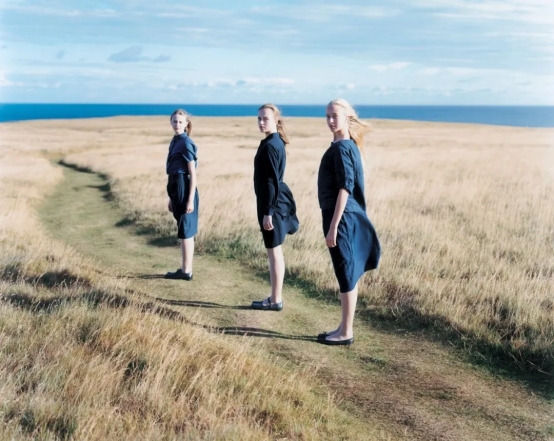
MUJI
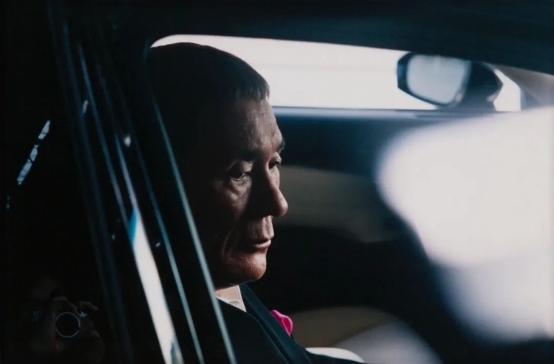
Toyota Automobile Kitano Takeshi

Toyota Automobile Jean Renault
However, Yoshihiko Ueda insisted on applying his own aesthetics and shooting methods to commercial photography, and found a balance between the two seemingly separated. His unique creative ideas and oriental quiet and beautiful style gradually won the recognition of customers. He shot many advertisements for world-renowned brands such as MUJI, Shiseido, Nike, Canon, Toyota, Uniqlo, Hermes, etc., and became the top photographer in the Japanese advertising industry. He has won many awards, including the Tokyo ADC Grand Prize (ADC, the full name of the Tokyo Art Director Club, was established in 1952 and consists of 80 representative Japanese art directors and art directors. It not only has a long history, but is also a benchmark in the field of Japanese advertising and graphic design), the New York ADC Award, the Cannes International Film Festival Silver Lion Award, the Japan Photographic Association Writer Award, etc., and is known as having the "highest aesthetics in the Japanese advertising photography."
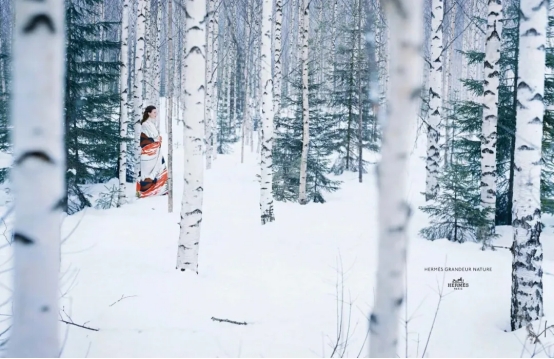
Hermès
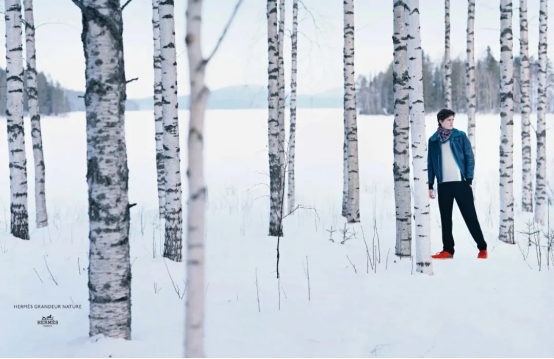
Hermès
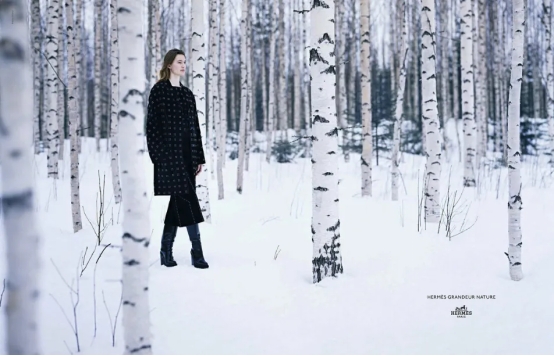
Hermès
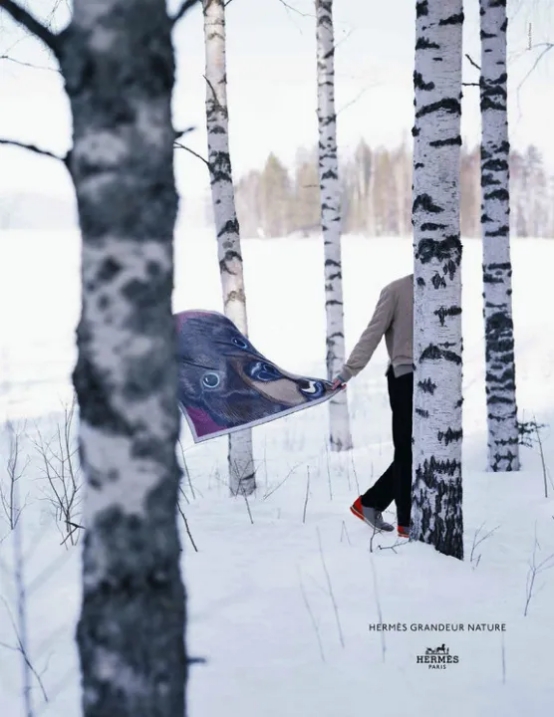
Hermès
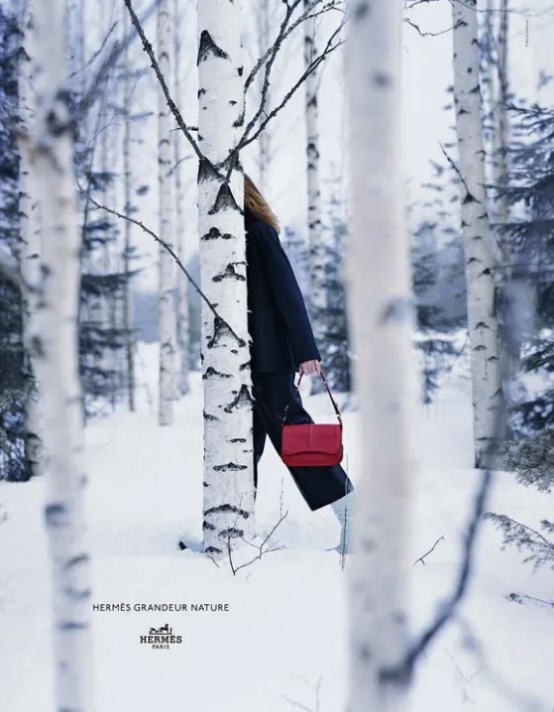
Hermès
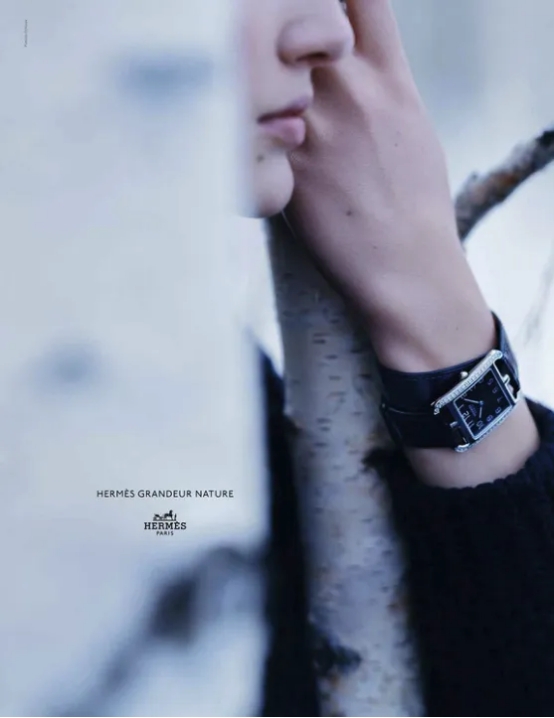
Hermès
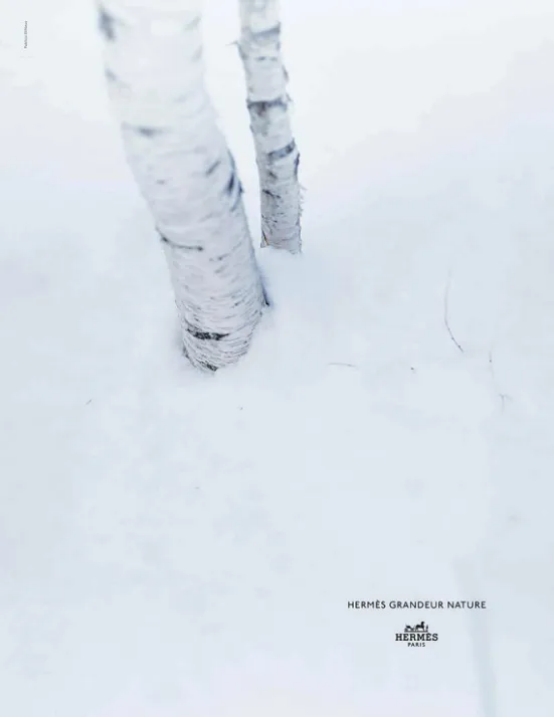
Hermès
From Fashion Photography to Portraiture
After entering the industry, Yoshihiko Ueda had fashion photography jobs commissioned by magazines. His first job was to be responsible for fashion photography in the fashion magazine Popular Communication. He was surprised by the predetermination in fashion photography. Models posed in set poses and expressions under the arranged scenes and lights. There was a thick wall between them. There was no communication, only the crazy shutter sound. This kind of shooting lasted for about 4 years. Yoshihiko Ueda felt strongly that he still didn't like fashion photography. Every month's model shooting became painful, so he told the editor, "I don't shoot for fashion anymore". After leaving Popular Communication, Yoshihiko Ueda had no nostalgia. He destroyed all the works of the past 4 years, which can be called "a heroic act". After independence, he began to focus on portraits. At this time, art director Kaoru Kasai extended an olive branch to him and invited him to participate in Suntory's advertising shooting.
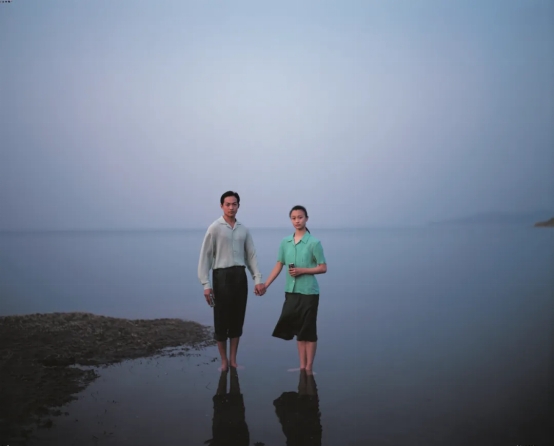
Beijing
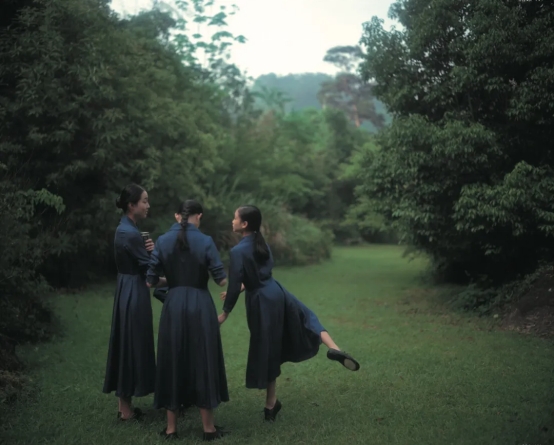
Wuyi Mount.
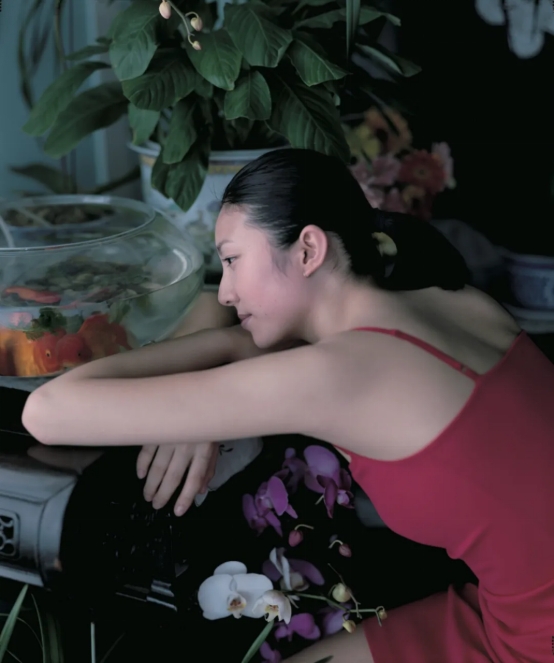
Shanghai
"Air feeling" is the biggest feeling conveyed to the viewer in Ueda's images. Under his lens, the relationship between the characters and the background has always been his thinking point. He wants to print the air around the characters on the photos, so he has been looking for a perfect position to perfectly highlight this point. Whether it is the early close-ups of characters or the later works, the natural simplicity of "air feeling" is expressed just right. Suntory Oolong Tea is well-known to everyone, which is inseparable from the advertisements jointly created by Yoshihiko Ueda and Kaoru Kasai. Since 1985, Yoshihiko Ueda's lens has traveled all over China, from the fields of Guilin, Wuyi Mountain in Fujian, to the Cuihu Lake in Kunming, Yunnan and the Songhua River in Harbin, all of which have become the backgrounds of Suntory advertisements.
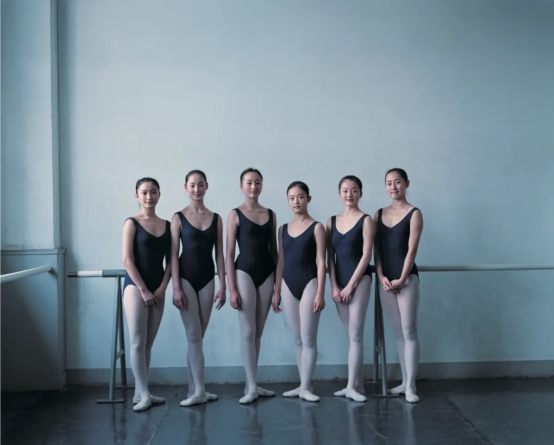
Shanghai
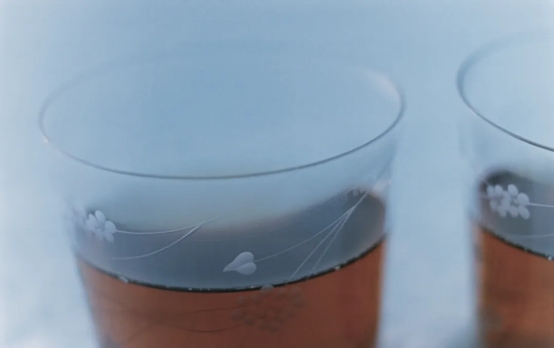
Harbin
The protagonists in Yoshihiko Ueda's lens are almost all amateurs, most of whom are ordinary people who study ballet or music, exuding "almost divine beauty". "The photography works I am obsessed with have long-lasting vitality. For this reason, I have to consider what kind of thing we call universality." In addition to ordinary people, this advertisement also features many Chinese stars, including Fan Bingbing, Zhang Zhen, Sun Li and others. Yoshihiko Ueda captured their most natural state, calm and simple with a hint of elegance and sincerity. In these portraits or close-ups, we see the emotions that people inadvertently reveal. You can think of this as a commercial advertisement, but at the same time it also reveals the charm of artistic portraits.
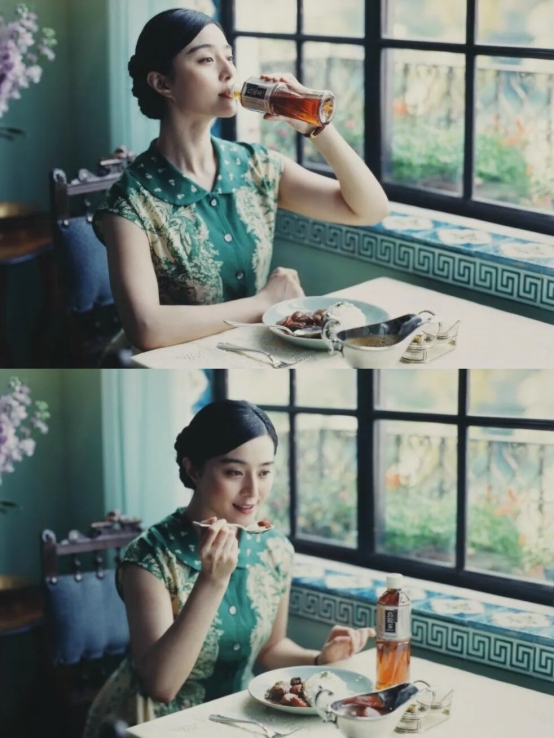
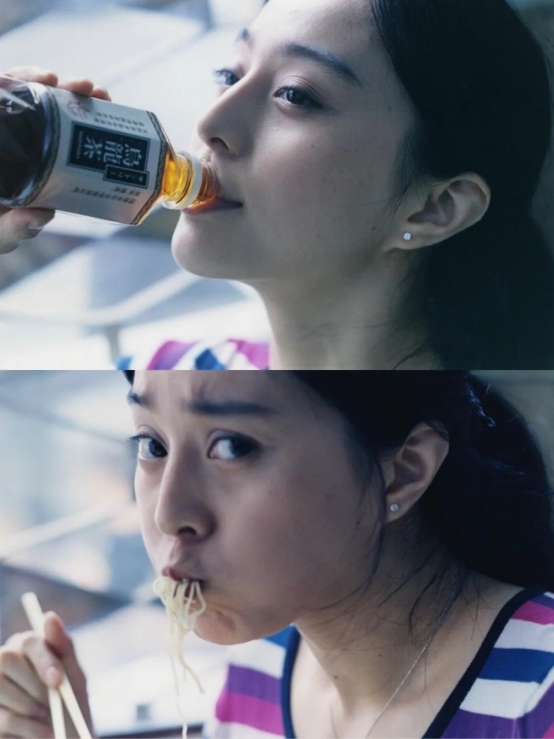
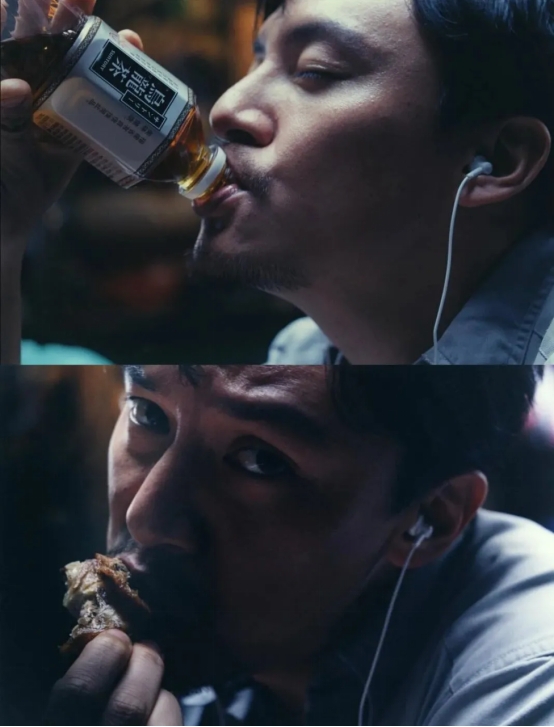
During this period, Yoshihiko Ueda also photographed poet Allen Ginsberg, painter Alex Katz, photographer Robert Mapplethorpe, pop artist Andy Warhol, and musician Miles Davis. He also serialized his portrait photography works in a monthly magazine Portrait, including writers Shotaro Yasuoka and Kunio Ogawa, film director Nagisa Oshima, photographers Eikoh Hosoe and Daido Moriyama, sculptor Tadayoshi Sato and other celebrities in Japanese cultural and art circles.

Allen Ginsberg
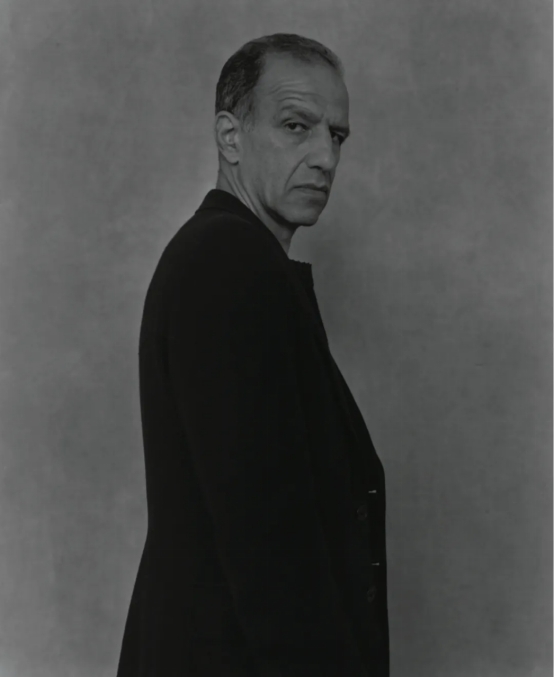
Alex Katz
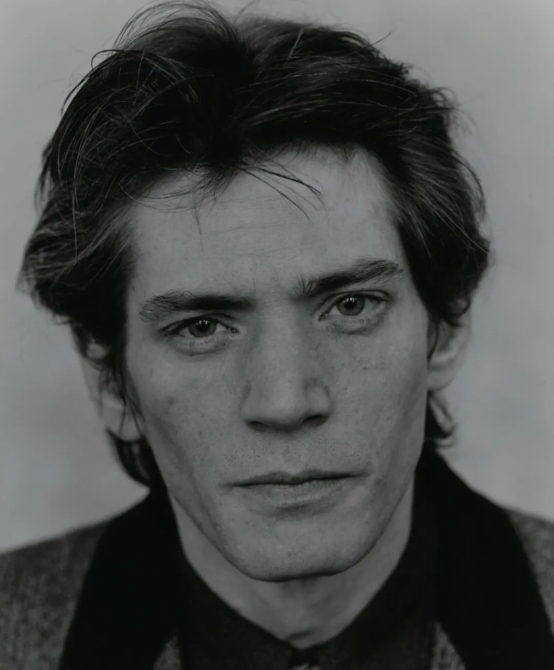
Robert Mapplethorpe
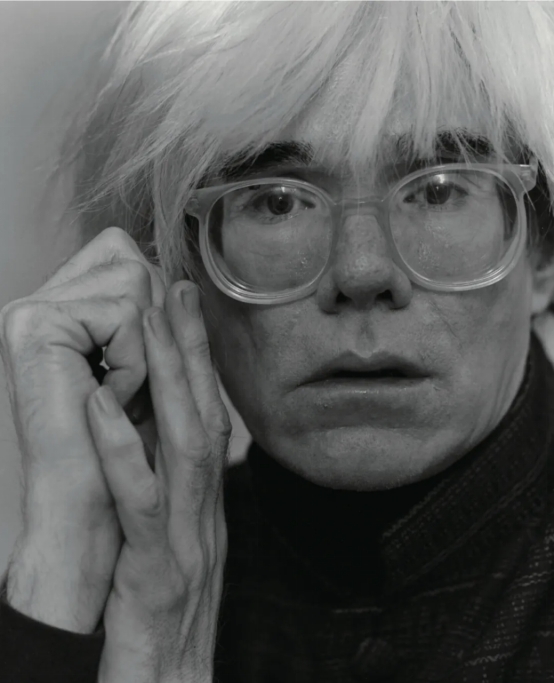
Andy Warhol
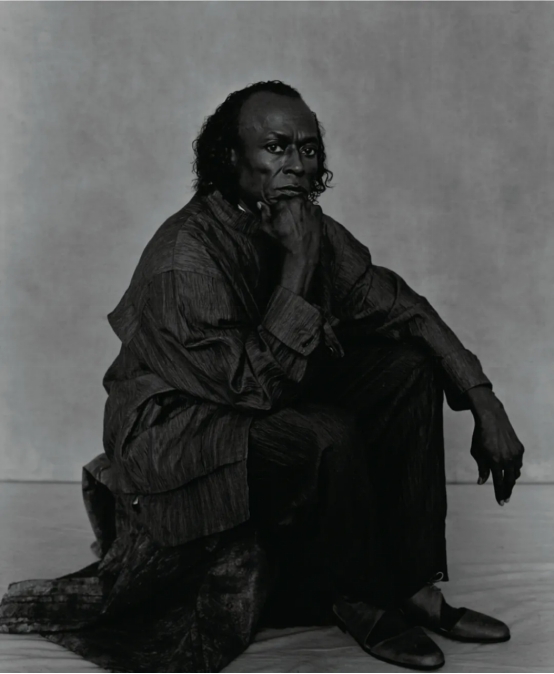
Miles Davis
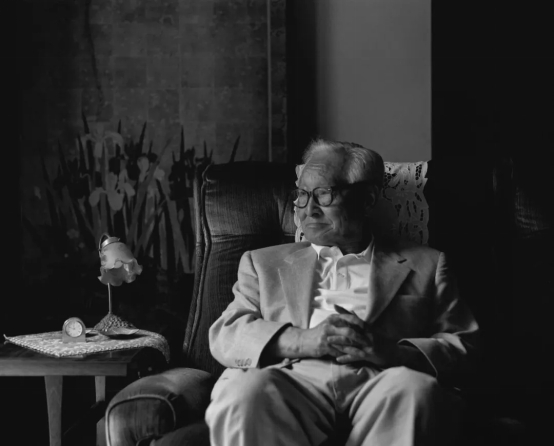
Yasuoka Shotaro
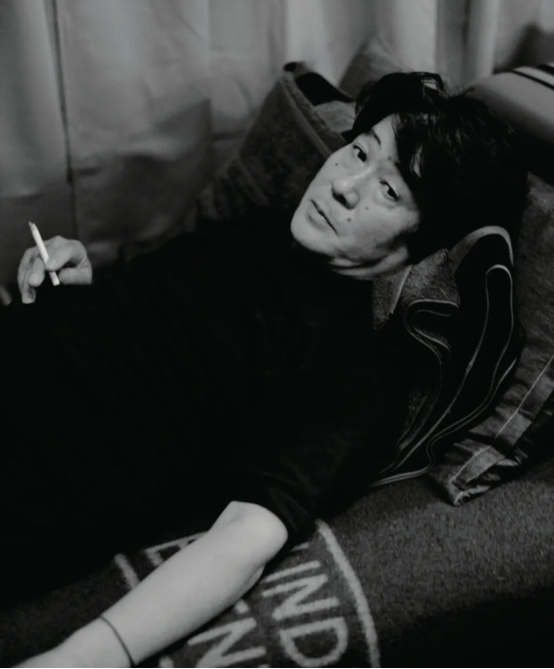
Moriyama Daido
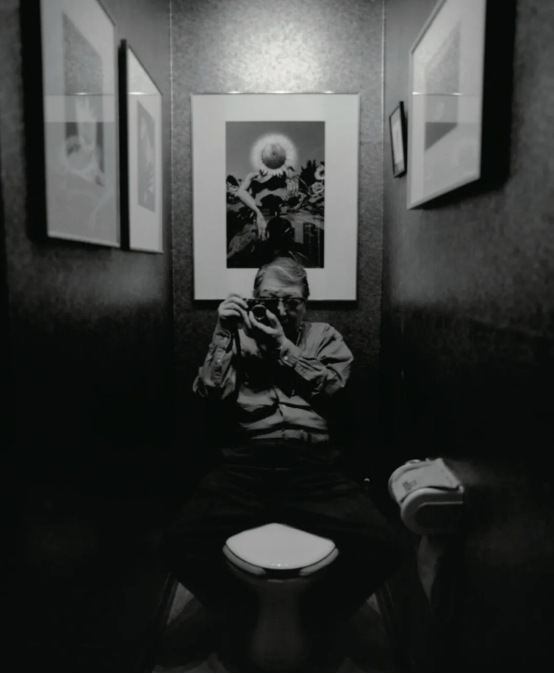
Hosoe Eikoh
In 2012, Yoshihiko Ueda shot a personal photo album A DREAM for Japanese actress Aoi Yu, recording Aoi's journey from Tokyo to New York. Yoshihiko Ueda used cool pictures to show her unique temperament. Many of his important works were completed in commercial cooperation, which is also a common feature of many contemporary Japanese photographers.
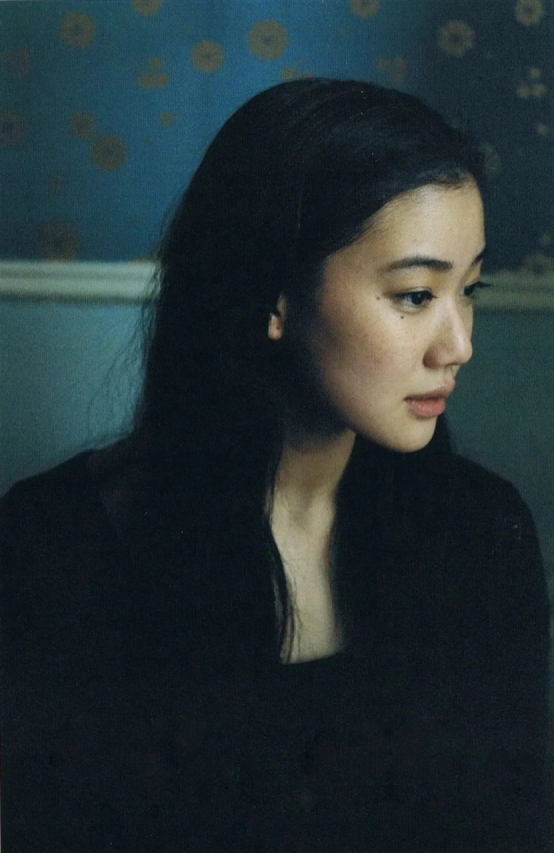
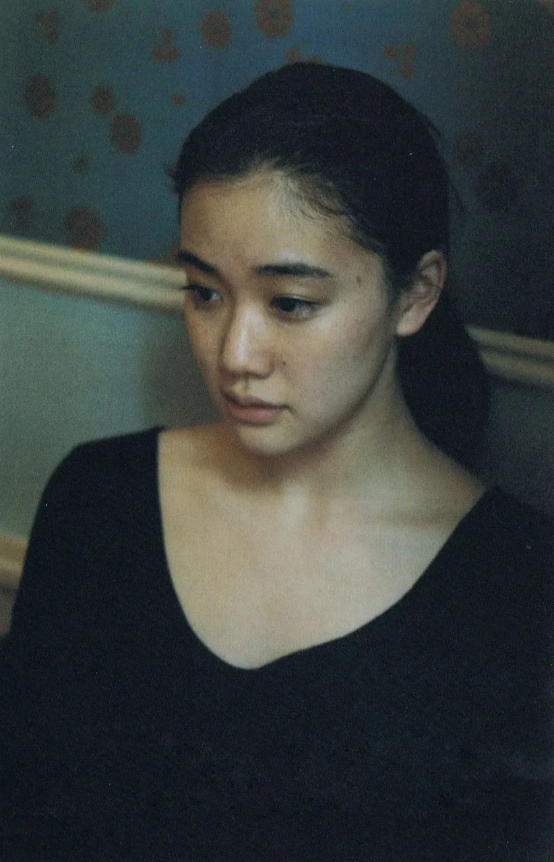
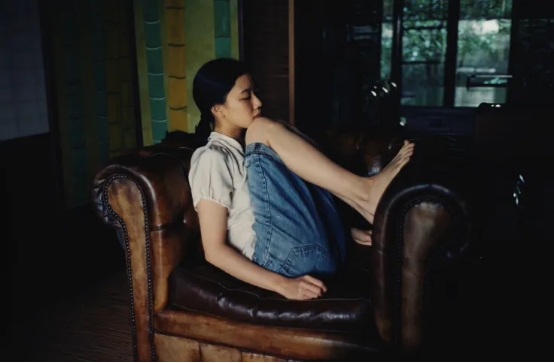
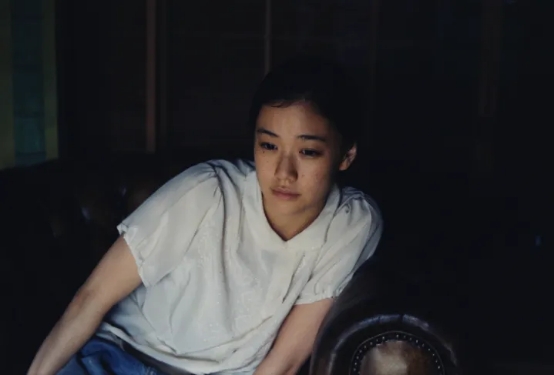
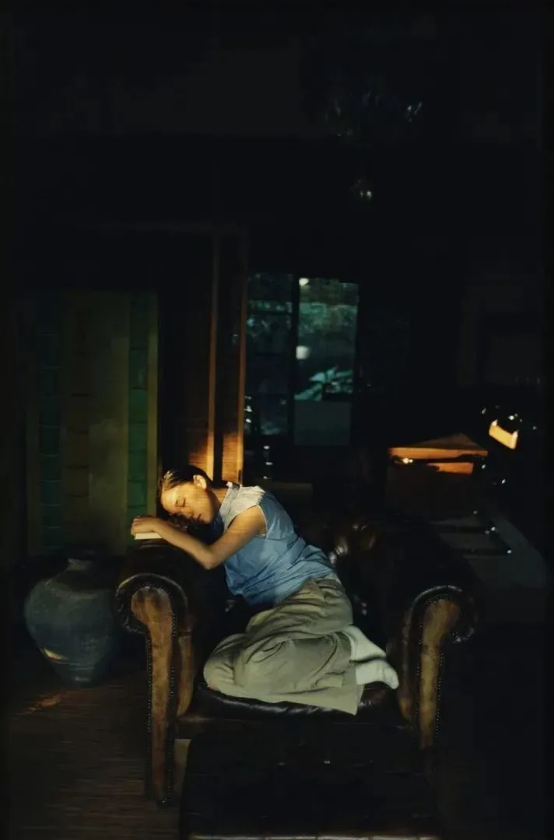
At Home is a collection of warm and joyful private photos, which are shot of the simple life of his wife and daughter. While recording his wife and daughter, and watching the child smile like a shining light, time passes by bit by bit, and the viewer follows the photographer's perspective to touch the warm and shining life. On the title page of this photo album, Yoshihiko Ueda wrote: "What I have gained so far, what I have recognized so far, and the daily life that is now in front of me and cannot be replicated, are the most important and precious things to me, and I want to keep them."
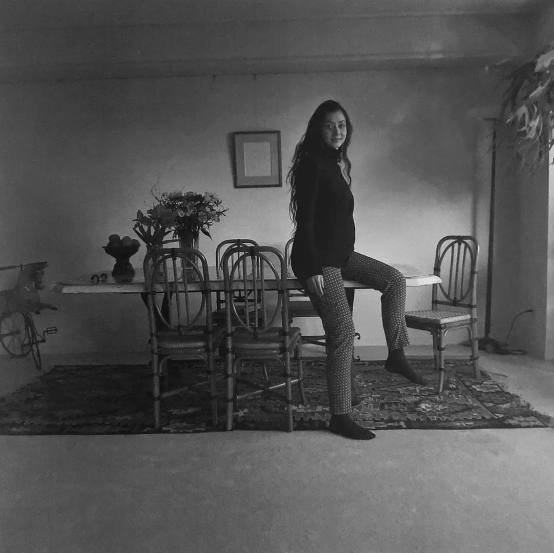
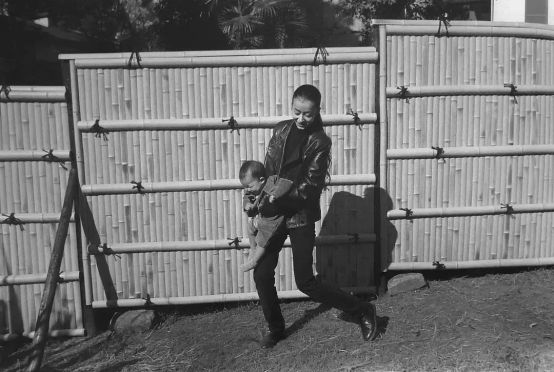
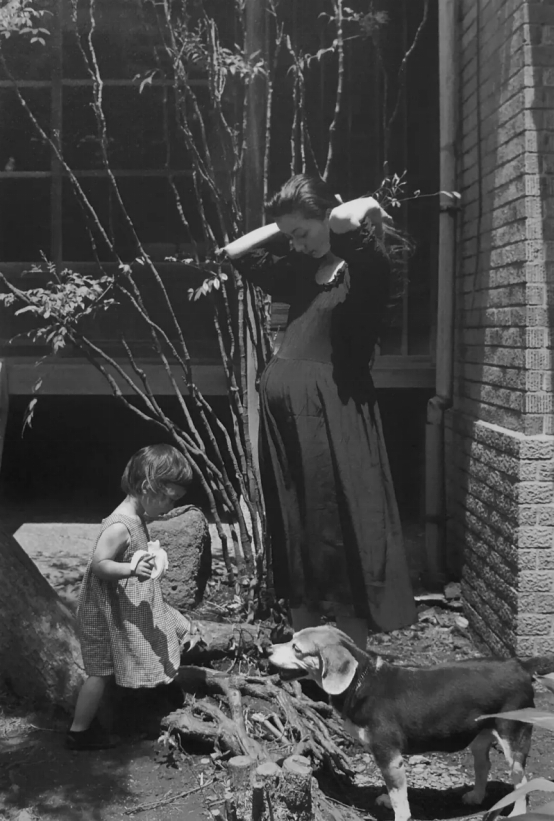
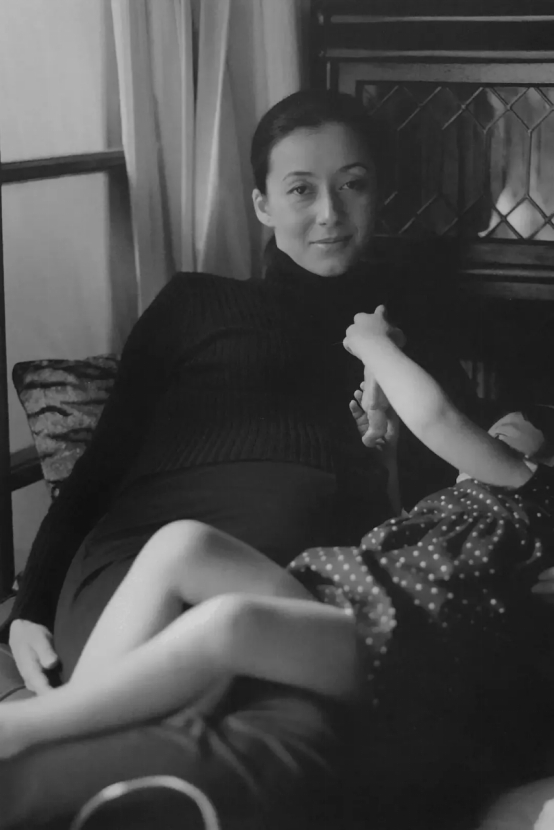
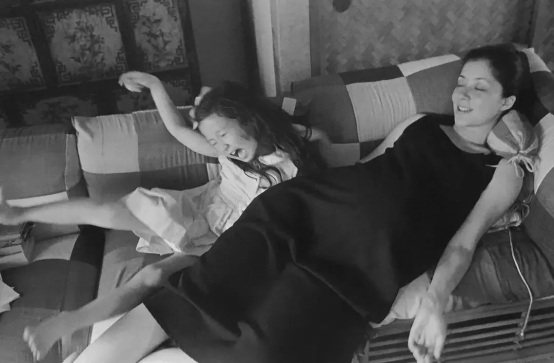
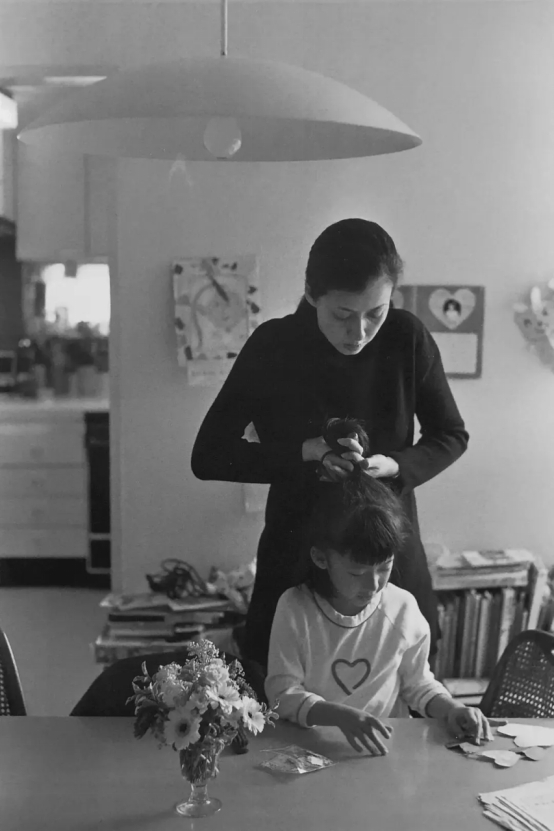
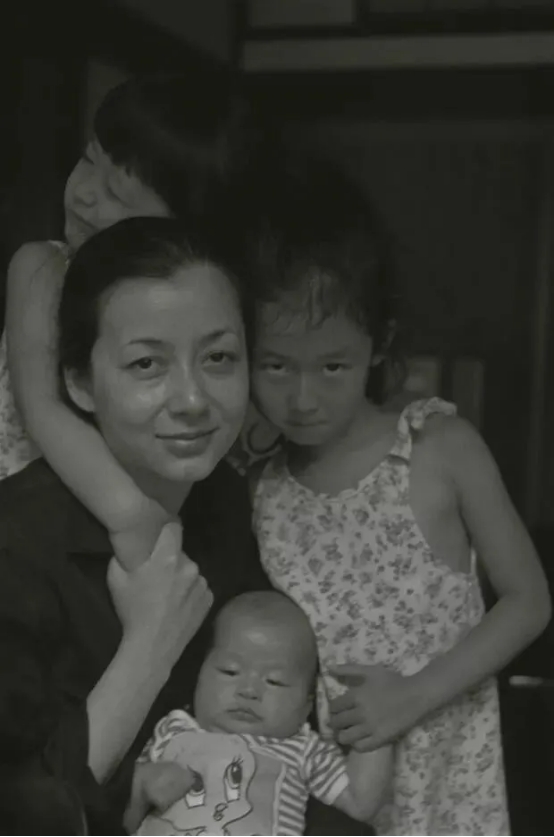
Forest Portraits
Yoshihiko Ueda has been photographing forests since 1989, and it has been 30 years. In the early 1990s, Yoshihiko Ueda first photographed the "Quinault" series in a forest called Quinault in the northern part of the west coast of the United States. In Quinault, Ueda felt fear at first. He wrote: "It feels like I have discovered a realm dominated by primordial chaos." "I witnessed something that others could not see." After returning to develop and seeing the developed photos, Yoshihiko Ueda couldn't help thinking "I have photographed something incredible." The fern leaves at the base of the tree are blue, while the fern leaves above are yellow-green. There is no post-processing at all, it looks like a forest where fairies live. Everything started from here. Yoshihiko Ueda said, "The forest series can also be seen as a portrait of a tree." Although I didn't think so when shooting, the sense of distance and the framing position are very similar to shooting a portrait of a person. When shooting a person, the main thing to pay attention to is the aura, so from this point of view, it is the same thing.
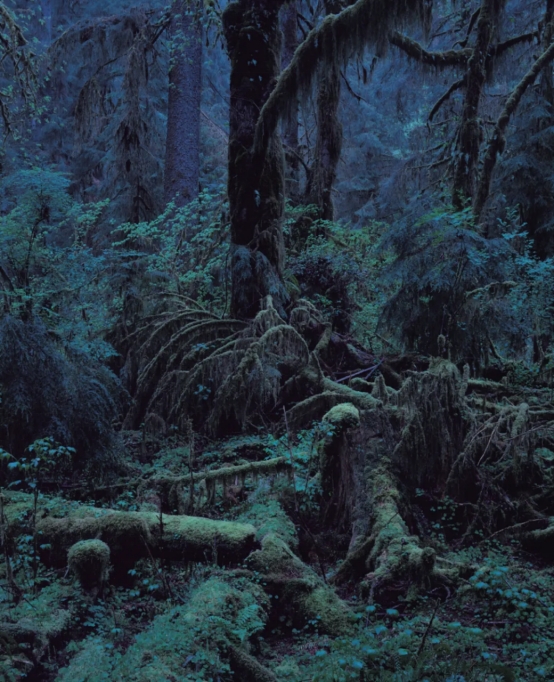
Olympic National Park, Seattle, Washington, 1991
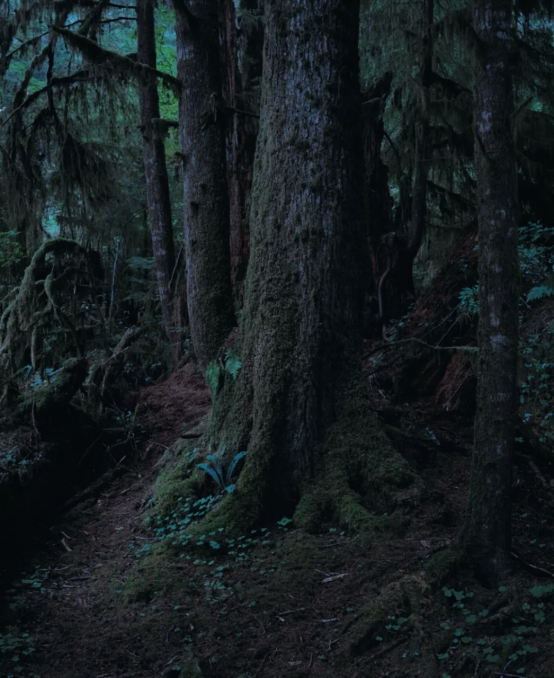
Olympic National Park, Seattle, Washington, 1991

Olympic National Park, Seattle, Washington, 1991
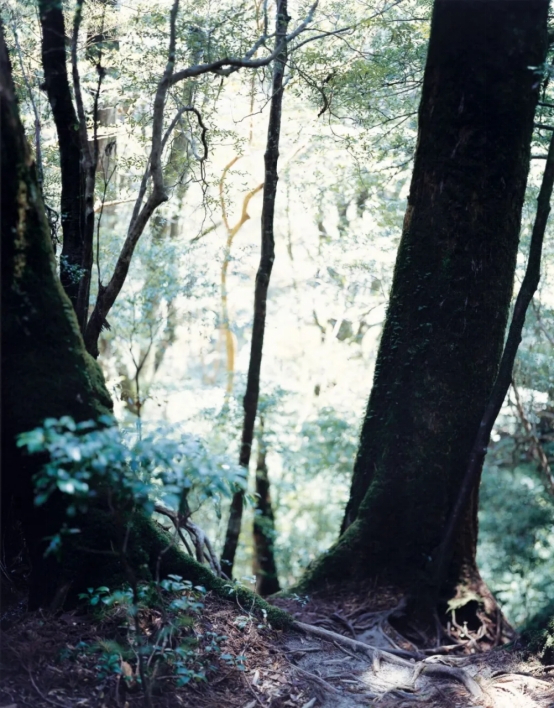
Yakushima,2011
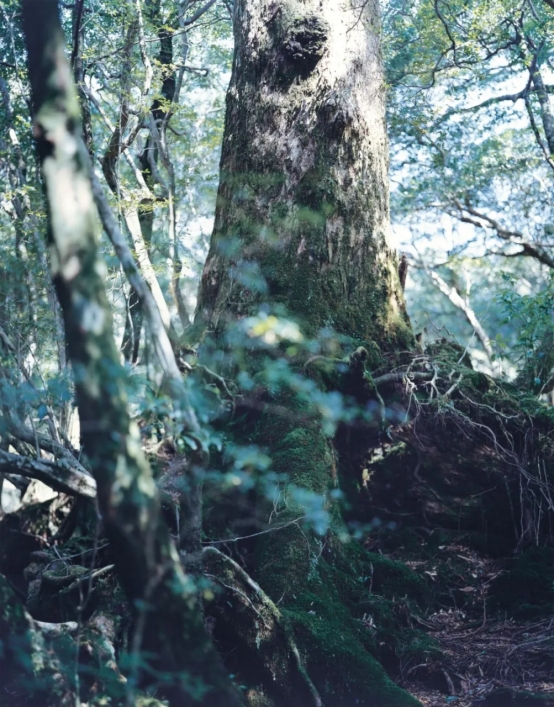
Yakushima,2011
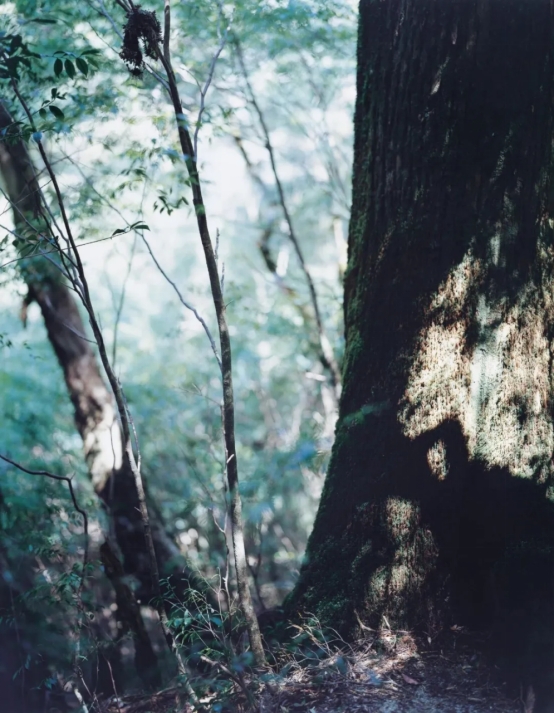
Yakushima,2011
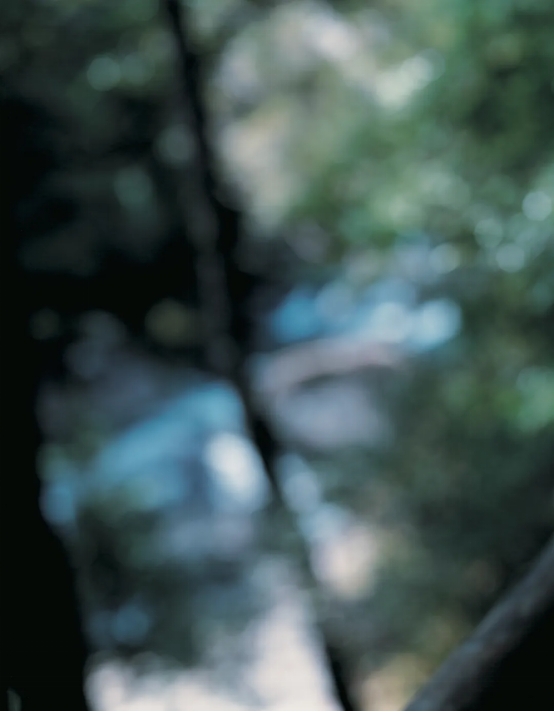
Yakushima,2012
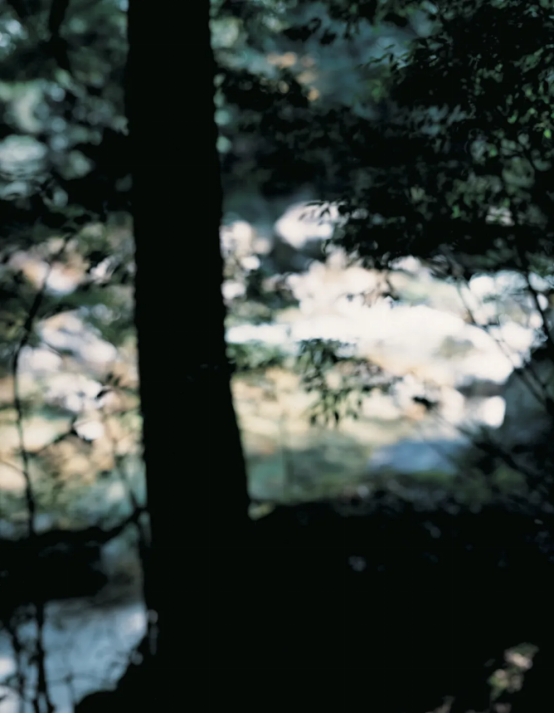
Yakushima,2012

Yakushima,2012
After the 2011 earthquake in Japan, Yoshihiko Ueda came to Yakushima, located between Kyushu and Okinawa in southwestern Japan. He wanted to turn his attention to the power of nature and focus on the unyielding vitality contained in the ancient trees on this island. His eyes captured not only the huge tree trunks, but also the yellow dead leaves that fell on the forest floor and the tender branches with small green leaves. Quietly gazing at the trees and forests of Yakushima, the life cycle created by nature and the layers of time can be truly feeled. Everything has a purpose and meaning, and everything is connected. This series of works is named MATERIA, which means "trunk" in Latin, and the trunk is considered to be the "mother" of life. Because it is manual focus, when Yoshihiko Ueda looks into the viewfinder, it is out of focus, and then he has to focus slowly. Before focusing on the subject, Yoshihiko Ueda realized that the strong light that was flickering made him feel extremely happy. Focusing only allows consciousness to move closer to the direction of "objects", and before that, it is the pursuit of "light". This joyful impressionist painter also expressed it with his brush.
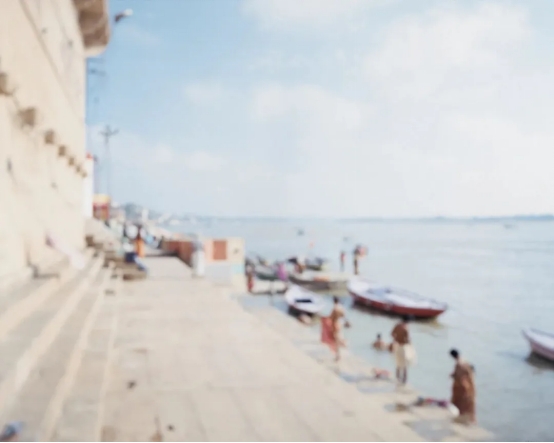
Varanasi,2013